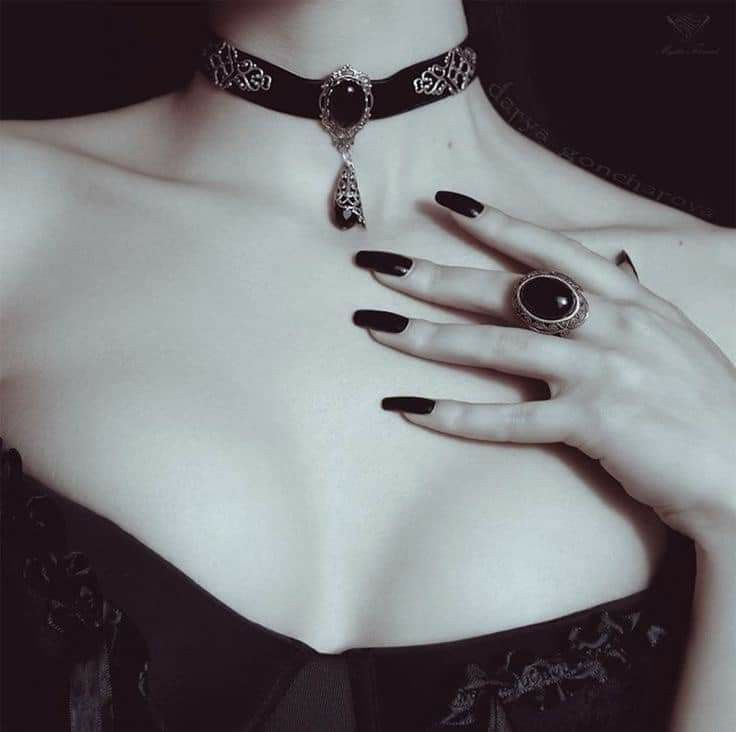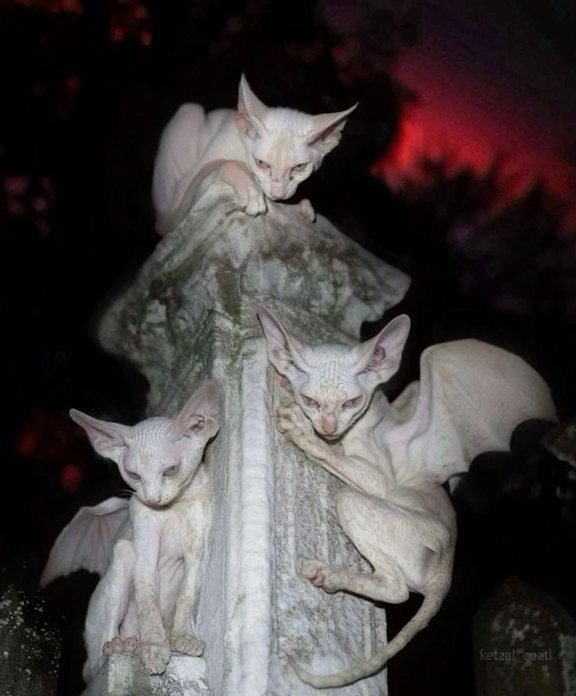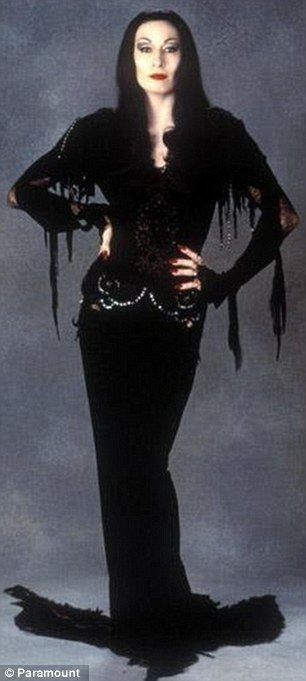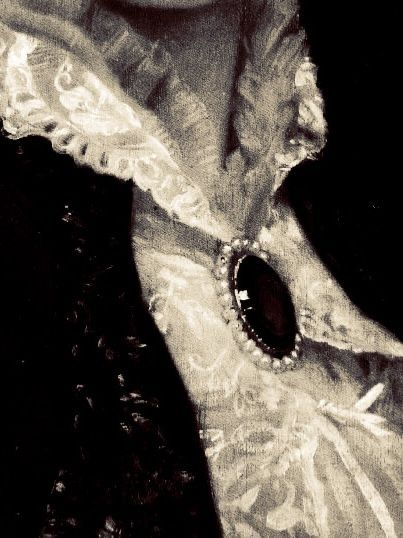The Romantic Goth subculture began as a reaction to the fast-paced, modern world of the late 20th century. While the wider goth movement grew out of punk and post-punk music in the 1980s, Romantic Goth took a different path. It focused more on beauty, emotion, and old-fashioned style. People drawn to this subculture often felt disconnected from a world that seemed too focused on technology, money, and logic. Romantic Goth gave them a space to explore feelings, mystery, and a love of history.
This subculture was strongly influenced by Romanticism—a movement from the 1800s that celebrated strong emotions, nature, and personal freedom. Romantic writers, artists, and musicians often looked back to the medieval past and were inspired by deep feelings, the beauty of nature, and even death. These themes became very important in Romantic Goth culture too.
Fashion is one of the main ways Romantic Goths express themselves. Their clothing is inspired by Victorian-era mourning wear and Gothic literature. Common pieces include long, flowing black dresses or skirts, lace gloves, corsets, and vintage-style jewelry. The look is often elegant and dramatic, filled with details like ruffles, velvet, and antique designs. These choices aren’t just about looks—they express feelings like sadness, passion, and beauty in darkness.
Music and literature also play a big role in this subculture. Bands like Dead Can Dance and Cocteau Twins made atmospheric music that matched the dream-like and emotional feel of Romantic Goth. Books by authors such as Edgar Allan Poe and Mary Shelley, with their dark and poetic themes, are loved by people in this community.
Overall, Romantic Goth is more than just a fashion style. It’s a way of life that values emotional depth, personal expression, and a connection to history. It offers an escape from the pressures of modern life and a way to feel connected to something deeper and more meaningful. By mixing ideas from the past with modern life, Romantic Goths have created a unique world where beauty and sorrow exist side by side.
Bibliography
"A Fascinating Look at Gothic Fashion History and Its Roots." Midnight Hour. [https://www.midnighthour.com/en-hk/blogs/blog/gothic-fashion-history-roots](https://www.midnighthour.com/en-hk/blogs/blog/gothic-fashion-history-roots).
"What Are the Subcultures Within the Goth Community?" Occult Patches & Pins. [https://occultpatchespins.co.uk/blogs/news/what-are-the-subcultures-within-the-goth-community](https://occultpatchespins.co.uk/blogs/news/what-are-the-subcultures-within-the-goth-community).
"Exploring Gothic Fashion Substyles." Gothic Angel Clothing. [https://gothicangelclothing.co.uk/blog/exploring-gothic-fashion-substyles/](https://gothicangelclothing.co.uk/blog/exploring-gothic-fashion-substyles/).





